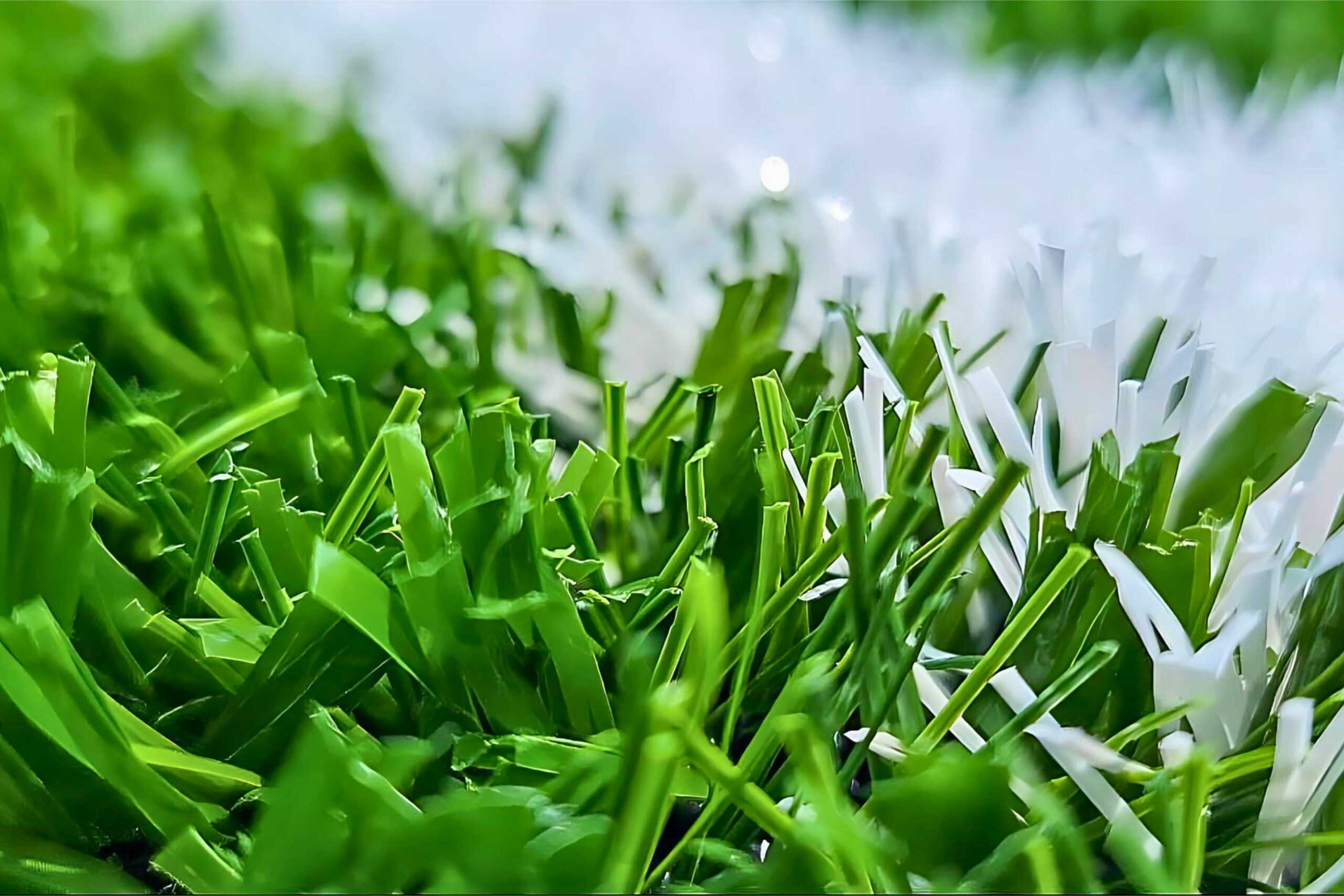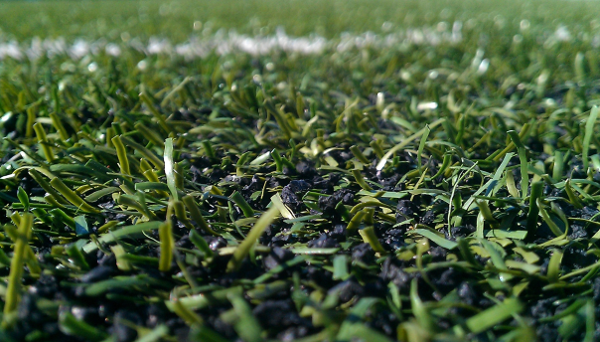Look Into the Environmental Benefits of Opting for Synthetic Grass Solutions
The fostering of synthetic grass remedies presents an engaging chance to attend to pressing ecological challenges. By dramatically reducing water use and lessening the application of dangerous chemicals, these choices not just advertise lasting landscaping yet likewise secure local environments. In addition, the reduced carbon footprint connected with reduced maintenance tasks adds to a much more sustainable method to land administration. Nonetheless, the ramifications of these advantages prolong past mere conservation efforts, increasing inquiries regarding their long-lasting influence on habitat preservation and general environmental balance. Checking out these measurements discloses an intricate interplay worth taking into consideration.
Water Preservation Benefits
One of the most substantial benefits of fabricated lawn is its capability to conserve water. In contrast, artificial turf does not require watering, significantly reducing the total need for water sources.
By eliminating the requirement for routine watering, fabricated turf adds to lasting landscape methods and aids reduce the ecological impact of extreme water intake. Additionally, the preservation of water prolongs to the decrease of drainage, which can result in dirt disintegration and river pollution.
Additionally, the setup of synthetic grass permits homeowners and towns to designate water sources a lot more efficiently, concentrating on important uses such as drinking water and agriculture. The shift towards synthetic turf not only promotes responsible water usage however additionally aligns with more comprehensive ecological objectives intended at preserving natural deposits.
As neighborhoods progressively focus on sustainability, the water preservation advantages of fabricated turf provide a compelling case for its fostering in household and commercial landscaping projects.
Decreased Chemical Use
The shift to synthetic grass dramatically lowers the reliance on chemical therapies generally made use of in natural turf maintenance. Conventional lawn administration typically entails the application of herbicides, pesticides, and fertilizers to promote development and control bugs. These chemicals can posture threats to human health and wellness, neighborhood wildlife, and the setting, contributing to soil and water contamination.
In comparison, fabricated grass removes the need for these damaging compounds. By decreasing the launch of synthetic substances right into the community, synthetic turf advertises much healthier dirt and water systems.
Moreover, the absence of chemical drainage associated with synthetic grass installments assists secure neighborhood rivers from pollution, sustaining water life and preserving biodiversity. Arizona turf. As neighborhoods significantly focus on lasting techniques, opting for synthetic grass provides a sensible solution that aligns with ecological preservation goals. With this shift, residential property proprietors can delight in lavish green rooms without jeopardizing eco-friendly wellness, leading the way for an extra sustainable future
Lower Carbon Impact

Furthermore, the installment of synthetic grass can result in considerable water preservation. Natural grass require considerable quantities of water for irrigation, which not just adds to the carbon footprint connected with water extraction and treatment however additionally pressures regional water sources. On the other hand, synthetic grass needs marginal upkeep, calling for no watering, consequently dramatically decreasing water use and its associated energy expenses.
In addition, the longevity of fabricated grass adds to its lower carbon influence. With a life expectancy of up to 15 years or more, the need for frequent substitutes is lessened, causing much less waste and reduced energy usage in production try this web-site and dealing with conventional grass options. Generally, synthetic grass provides a lasting alternative for eco mindful landscaping.
Environment Conservation
Environment preservation is a crucial factor to consider in the discussion over landscape design options, especially when comparing man-made lawn to natural turf. All-natural turf lawns frequently call for considerable maintenance, consisting of using herbicides, chemicals, and plant foods, which can adversely influence local communities. These chemicals can seep into the dirt and waterways, harming native vegetation and fauna and disrupting local environments.
Man-made grass eliminates the demand for unsafe chemicals, thereby shielding neighboring wild animals and keeping the honesty of bordering communities. The setup of man-made grass can lead to the conversion of former lawn areas into even more biodiverse landscapes, such as pollinator gardens or native plant locations, which can support local wildlife.
Ultimately, the shift to synthetic lawn not only conserves water and decreases upkeep initiatives however likewise cultivates a more unified relationship between human activities and the natural surroundings, advertising environment conservation at the same time.
Long-Term Sustainability
Long-term sustainability is a critical variable in evaluating the advantages of man-made grass over typical yard yards. One of one of the most significant benefits of synthetic grass is its toughness; it can last up to 15-20 years with marginal maintenance, whereas all-natural grass calls for regular reseeding and substitute. This durability lowers the demand for constant sources, such as water, plant foods, and chemicals, which go are crucial for maintaining a healthy yard yard.
Furthermore, artificial turf adds to a decrease in carbon discharges related to lawn treatment equipment. Typical lawns typically call for gas-powered lawn mowers, leaners, and blowers, every one of which add to air contamination. Artificial turf companies phoenix. On the other hand, synthetic lawn gets rid of the requirement for i thought about this such tools, promoting a cleaner environment
Furthermore, the production of fabricated grass increasingly makes use of recycled products, enhancing its sustainability account. As producers take on green techniques, the environmental footprint of artificial turf remains to lessen.

Verdict
The fostering of synthetic grass solutions presents significant environmental advantages, including considerable water conservation, decreased reliance on hazardous chemicals, and a lower carbon footprint. Additionally, fabricated turf help in maintaining all-natural habitats by lessening land disturbance and advertising lasting sustainability with using long lasting products. Jointly, these aspects underscore the potential of synthetic grass to contribute favorably to environmental health and use a feasible option to traditional landscape design techniques in a progressively resource-conscious world.
In contrast, synthetic lawn does not need watering, considerably minimizing the general demand for water sources. By reducing the launch of artificial compounds right into the environment, synthetic lawn promotes healthier soil and water systems.
Furthermore, the setup of man-made grass can result in considerable water preservation. In contrast, man-made turf requires minimal upkeep, requiring no watering, therefore substantially lowering water use and its associated power expenses.
